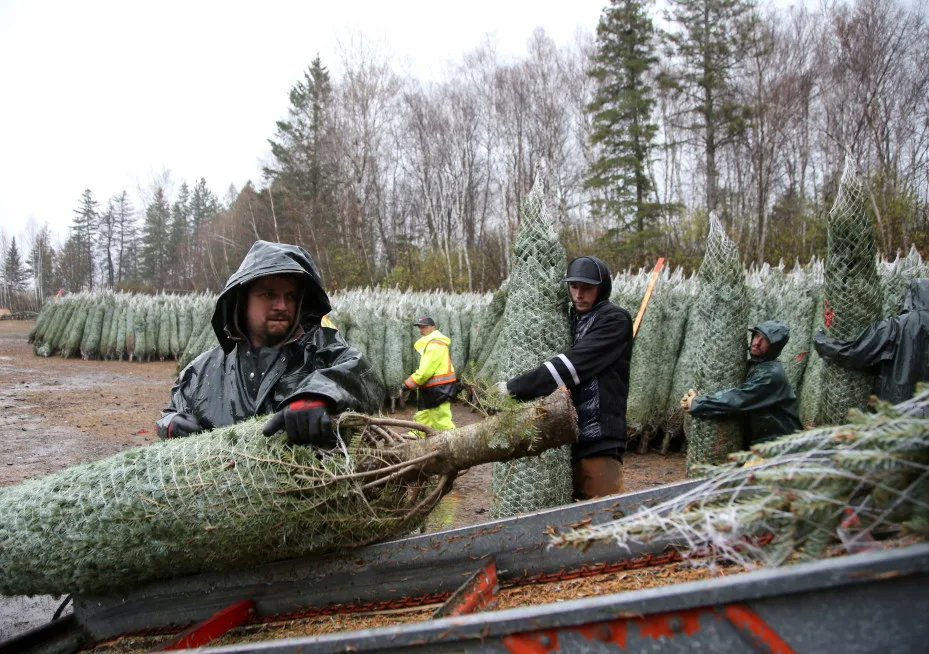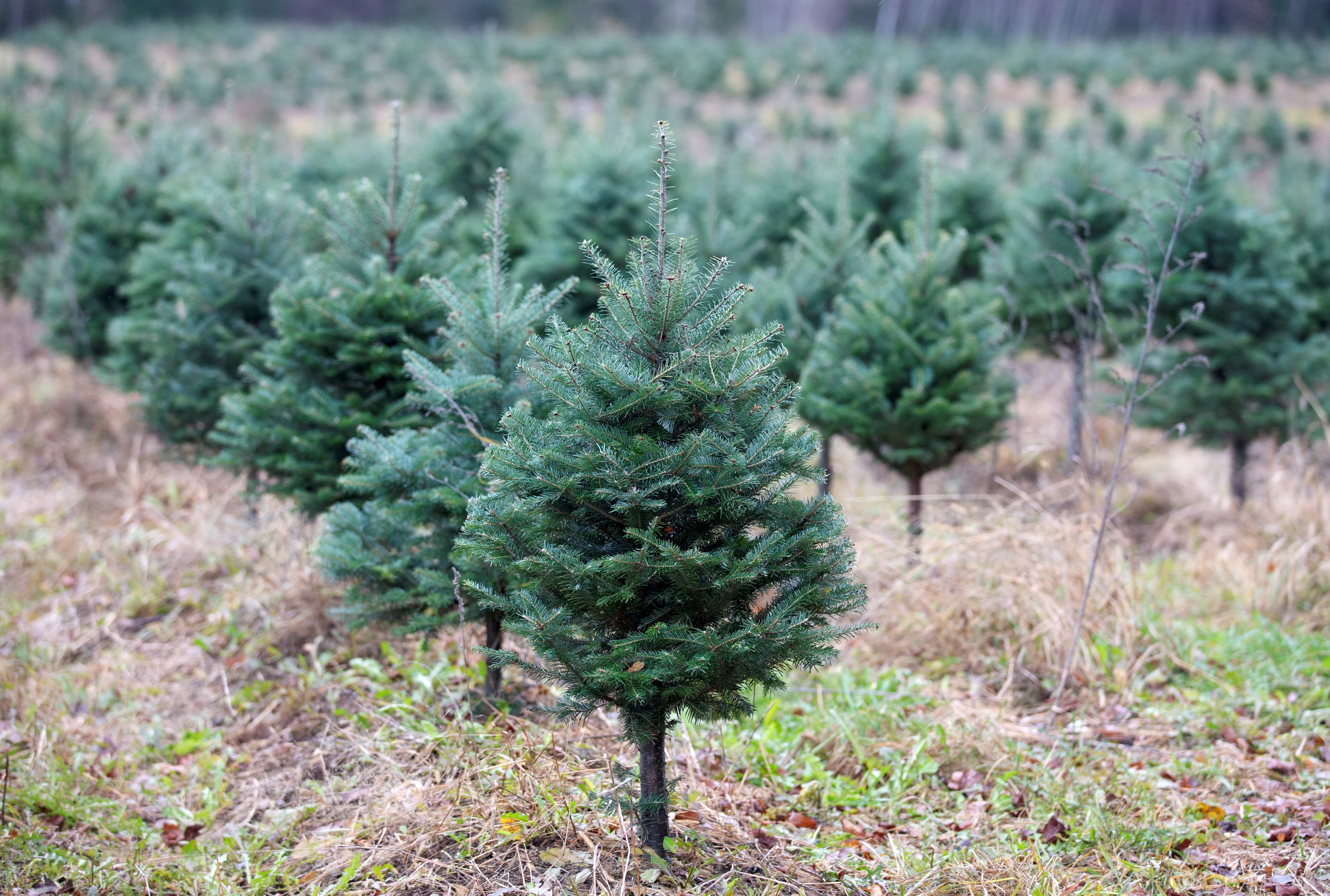
Why recent floods could make your Christmas tree cost more
By Julie Gordon
OTTAWA (Reuters) - Finding the perfect real Christmas tree will be harder and more expensive this year.
Canada, the world's top exporter of natural Christmas trees, is grappling with a shortage that will likely be exacerbated by historic flooding in British Columbia, where some tree farms are underwater.
A phenomenon known as an atmospheric river dumped a month's worth of rain on the Pacific province in just two days, destroying roads and bridges and leaving some communities cut off from the rest of Canada.
Canada exports about 2.3 million Christmas trees per year, with some 97% going to the United States. While British Columbia does not export cut Christmas trees, it is a significant domestic supplier. That means shortfalls in that province will have to be made up with supply from elsewhere, leaving fewer Canadian trees for export.
"We can't ship them because all the roads are closed," said Arthur Loewen, whose tree farm in Chilliwack, east of Vancouver, has been swamped. "We're basically shut down until the water recedes."

FILE PHOTO: Christmas trees are loaded into a truck for shipping at Downey Tree Farm and Nursery in Hatley, Quebec, Canada November 12, 2021. Ninety-five percent of the farm's trees are scheduled to be shipped to the United States. (REUTERS/Christinne Muschi/File Photo)
RELATED: Canada sandwiched between two atmospheric river systems
Trees already cut and wrapped for wholesale buyers are piled up on wood pallets, surrounded by water, he said. His self-serve fields, where people choose and cut their own Christmas trees, are 75% flooded.
Loewen said that if the waters don't subside within the week, younger trees could be damaged, hurting future supply. Water levels were starting to drop by Thursday.
The flood impact comes as North America is already seeing more demand than available supply, in part due to people staying closer to home in the pandemic.

FILE PHOTO: Ten year old Balsam fir trees grow at Downey Tree Farm and Nursery in Hatley, Quebec, Canada November 12, 2021. (REUTERS/Christinne Muschi/File Photo)
"In North America, we've seen such an increase in demand for the real tree," Shirley Brennan, executive director of the Canadian Christmas Trees Association, said. "I've been fielding calls at my office since the spring."
Dwindling production has also hampered supply. Canada had 2,381 Christmas tree farms in 2011, which fell to 1,872 by 2016 and continues to decline as farmers retire. Planted acres fell by 16% in the same period.
Late frosts, hot and dry summers, and a labor shortage are adding to the problem, particularly in Ontario, where planted acres were down by 25% from 2011 to 2016.
Dan Laird, who owns a tree farm in Ottawa, said he won't be selling Christmas trees this year for the first time since 1977, citing the summer weather toll on his crops.
"I just don't have an abundance of trees," he said, adding that he'd need to double his staff to open up this holiday season. "I couldn't get the workers."
Christmas tree buyers can expect less selection than in the past and should expect to pay 10-15% more this year, said Quebec farmer Larry Downey.
WATCH BELOW: WHAT YOU NEED TO KNOW BEFORE BUYING A REAL CHRISTMAS TREE
(Additional reporting by Allison Lampert in Montreal; Editing by Nick Macfie)










